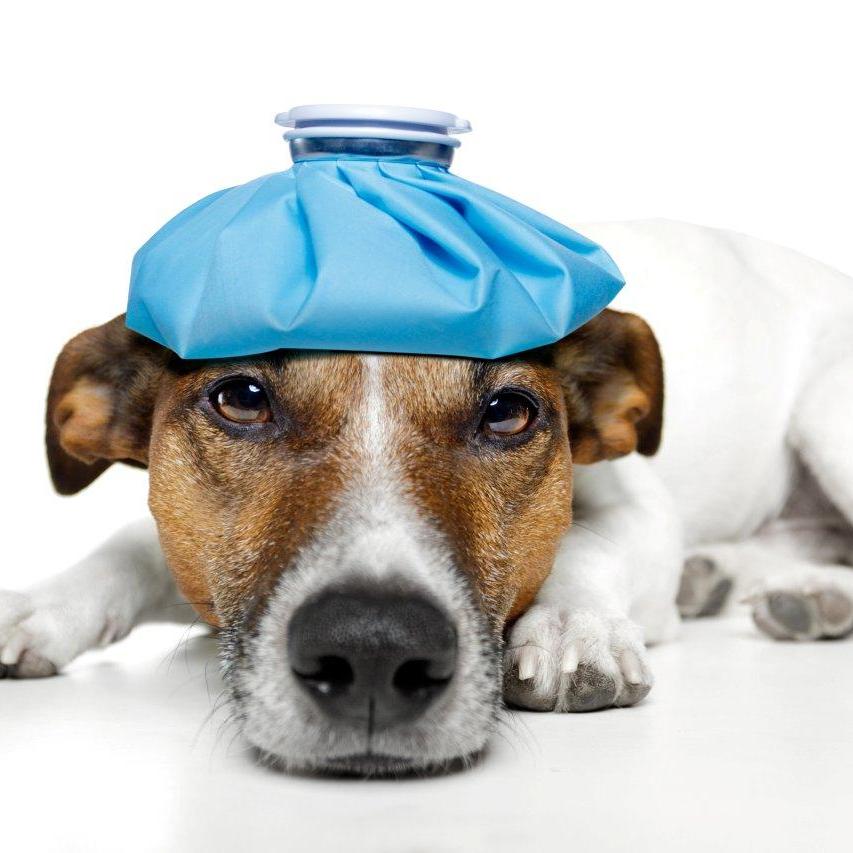
We couldn’t be happier for the pets for whom we have helped find loving homes. Although we are not a rescue group ourselves, we have always done whatever we can to facilitate finding a home for pets in need.
Whether you adopt a pet from a local animal shelter or rescue organization, you’re saving a life. We are so fortunate that there are now so many rescue groups and organizations whose sole purpose is to rescue abandoned animals and place them in safe and loving homes. If you are considering adopting a pet, please check out www.sleepysdream.org or www.petconnectrescue.org as well as our Facebook page, since we frequently come across pets in need.
OPENING YOUR HEART AND HOME TO A PET IN NEED IS A WONDERFUL THING TO DO.

If your pet is lost, or if you find a pet, we have provided some phone numbers that can be helpful in assisting you. In addition to these resources, please contact us anytime during office hours for help with animal identification. We have the equipment to scan microchips and to provide immediate identification to return lost or found pets. We can look up information on pets that have a rabies tag. Our doors are open as well, for taking in a lost pet and providing them with a home until the owner is found or the pet is placed.
- Humane Society (240) 773-5960
- Animal Control (240) 773-5925
- Animal Control 24hrs (240) 773-5900
- website www.mchumane.org
- Police Non-emergency (301) 279-8000
*You may also take the pet to any police station, fire department or veterinary hospital to have the pet scanned for a microchip.

A microchip that’s no bigger than a grain of rice can be implanted into all kinds of pets — from cats and dogs to reptiles and birds. The device carries a number, which is plugged into a database that includes the name and contact information of a pet’s owner.
If you are worried the procedure might be painful for your pet, don’t be. A veterinarian uses a hypodermic needle to implant the microchip, which is why the pain your pet feels is similar to that of a vaccination shot.
Microchipping is the only permanent method of identifying your pet and linking him/her back to you. It will provide you with peace of mind knowing your furry loved one would be safely returned to you if ever lost.
We are asked all the time about whether you should microchip your “indoor” pets, and the answer is yes, as not only “outdoor” pets get lost. We have had countless stories where a pet ran out when a door was opened by an owner or visitor to the home.

It takes a watchful eye to recognize what may be early signs of disease or health problems, please let us know if you notice any of these changes in your pet.
Behavioral Changes
- Decreased activity
- Less interaction with family members
- Change in sleep pattern
- Disorientation/confusion
- Less responsive to verbal cues or name
- Excessive barking/meowing or whimpering
for no apparent reason
Metabolic Changes
- Weight gain (or loss)
- Changes in appearance (skin, coat or muscle tone)
- Changes in eating or drinking habits
- Increased urination
Physical Changes
- Limping/stiffness of gait
- Poor vision
- Difficulty hearing
- Dental problems (bad breath)
- Increase in infections
- Digestive problems, vomiting or diarrhea
- New lumps or bumps

Yes! Over 25% of cats with proven heartworm infection are kept indoors exclusively. Owners/family members in the household as well as other pets that do go outside can bring in different parasites and fleas that can affect your indoor cat. All it takes is one adult worm in a cat’s heart to be fatal. Cats that die from heartworm can be clinically normal 1 hour before death.

Heartworms are a parasite transmitted by mosquitoes, and are almost always fatal if not detected and treated early. Fortunately, prevention is easy. We recommend annual testing as well as a year-round program of prevention.

Spaying and neutering can help prevent cancer of the reproductive system and can also help curb behavioral problems. Both cats and dogs can be spayed or neutered as young as 6 months of age. It is not necessary for females to have gone through their first heat, nor will it stunt an animal’s growth to spay or neuter it before it is “full grown.” With the proper safeguards, preoperative blood test, and anesthetics, both surgeries are safe procedures. Your pet can usually return home the day after surgery.

Your pet’s nutritional program plays a critical role in achieving optimal health, happiness and longevity for your cat or dog. Preventative nutrition starts at birth and continues through your pet’s adult life. High quality food is a significant factor to our pet’s health and needs to be considered when deciding which food is best for your pet. To insure you are on the right track, it is recommended that you see your veterinarian for a nutritional analysis.

Cats are self grooming so that they rarely need a bath. If needed however, be sure to use soap free shampoo and place cotton balls in their ears to prevent water from going in and developing an ear infection. It is important to allow your cat to groom themselves, however additional brushing may be needed to prevent matting.

Only use soap free shampoo, otherwise you will strip your dog of his/her flea/tick prevention medication (including baby shampoo). Bathe every 6 weeks (bathing too often causes dry skin). Place cotton balls in your dog’s ears to prevent water from going in and developing an ear infection.

- Aloe
- Azalea
- Clematis
- Daffodil
- English Ivy
- Ferns
- Hydrangea
- Lilies (all Lilium species)
- Philodendron
- Rhodondendron
- Tulip

- Chocolates, coffee and caffeine
- Grapes and raisins
- Raw/undercooked meat, eggs and bones
- Xylitol (common sweetener used in many products including gum)
- Onions, garlic and chives
- Milk

